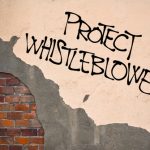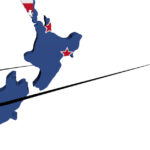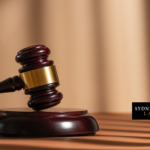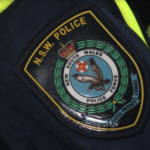Over Policing of Indigenous Australians and the Trifecta of Charges

The Australian Human Rights Commission states that Indigenous Australians are 17.3 times more likely to be arrested than Non-Indigenous Australians.
In Western Australia, the Indigenous over-representation rate is four times the national average.
Indigenous people are twice as likely as Non-Indigenous people to be arrested in circumstances where common assault is the most serious offence, and they are three times more likely to be imprisoned for such an offence.
Despite the public attention attracted by the 1987-1991 Royal Commission into Aboriginal Deaths in Custody, Indigenous people are still grossly over-represented in Australia’s courts and prisons.
Among other things, the Royal Commission found that the number of deaths in custody was not due to the differential treatment of Indigenous people but rather the alarmingly high rate of imprisonment.
The Australian Institute of Criminology released a paper in June 2008 that highlights the diversion rates of young Indigenous and Non-Indigenous people prior to court.
The statistics suggest that Indigenous youth are far more likely to be charged, taken to court and refused bail than Non-Indigenous youth, who were more likely to receive a warning or caution.
This creates a cycle whereby Indigenous youth are more likely to have longer criminal histories and greater struggles to divert from the criminal justice system.
This, in turn, enforces the cycle of offending, institutionalisation and overrepresentation of Indigenous people into their adulthood.
So why are Indigenous people more likely to end up in custody?
One suggested cause is the provocative over-policing of Indigenous people and the use of police discretion to arrest and charge, often through the use of the so-called ‘trifecta’ of charges – whereby police will approach an Indigenous person about their use of offensive language, and the abrasiveness of the confrontation will cause the situation to escalate and result in charges of resisting arrest and assaulting police.
The consequence is that Indigenous people are being placed in custody for offences that may start out as trivial and escalate from there.
This begs the question: what is more offensive, the language or the confrontation?
In 2011, the police in NSW were empowered to give ‘move-on directions’ to anyone they suspect to be drunk or disorderly.
The law says that a person is committing an offence if they choose to resume or continue disorderly conduct while intoxicated within 6 hours of the original direction.
More recently, these powers have come under attack by the NSW Ombudsmen Bruce
Barbour as he has expressed concerns about the powers being used to disproportionally penalise Indigenous people and other marginalised groups such as the young, homeless and mentally ill.
Mr Barbour’s Report states:
“Without some legislative and/or police policy guidance on when the [drunk and disorderly] offence and its substantially higher penalties should be imposed, the continued inconsistent application of this provision is likely to be regarded as arbitrary and unfair… Over time, this can undermine community trust in police and confidence in the law.”
It is this mistrust and the constant consultations, recommendations and inaction that have underpinned a substantial proportion of conflicts between Indigenous people and the police.
In fact, almost one-third of the 484 fines and charges issued by police in NSW since the introduction of the ‘drunk and disorderly’ have been issued to Indigenous people.
This is despite the fact that Indigenous people make up only 2.5% of the population in NSW.
Law reform can only go so far to change police attitudes and policies.
While there has been some progress on cultural awareness through training and specialist Aboriginal Liaison Officers, this can only be effective if the government takes a more hands-on approach to facilitating better interactions between police and the Indigenous community.
Changing the nature of cross-racial relations has could significantly reduce the representation of Indigenous Australians in the criminal justice system and this would, in turn, benefit the Australian community as a whole.






